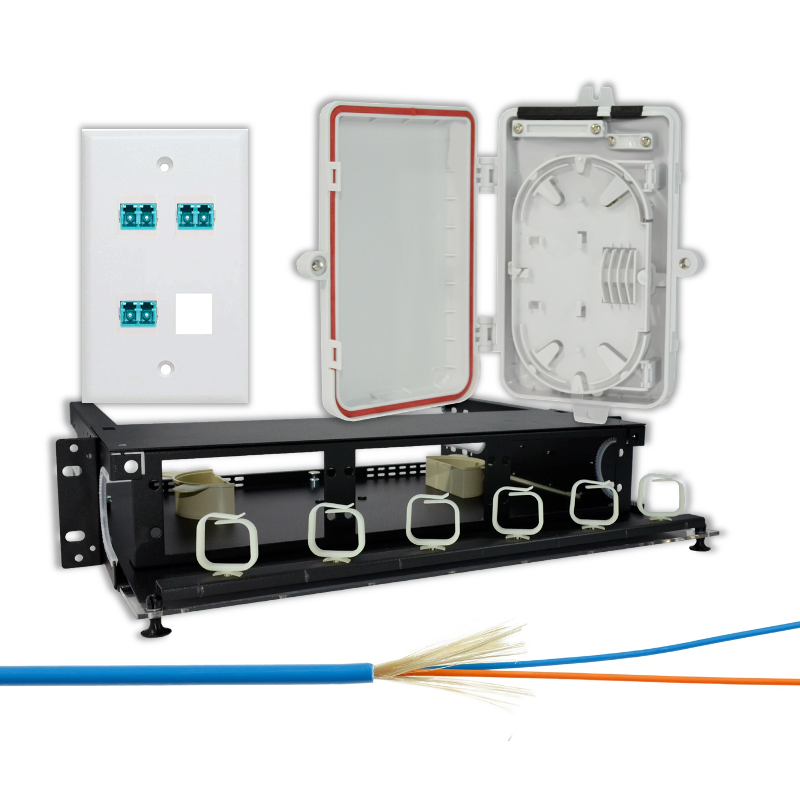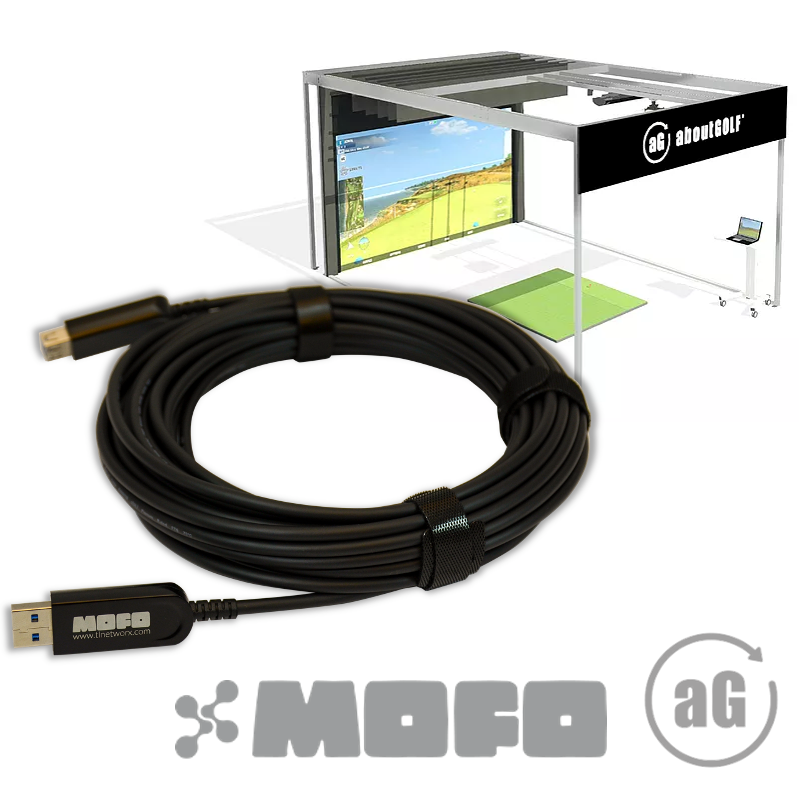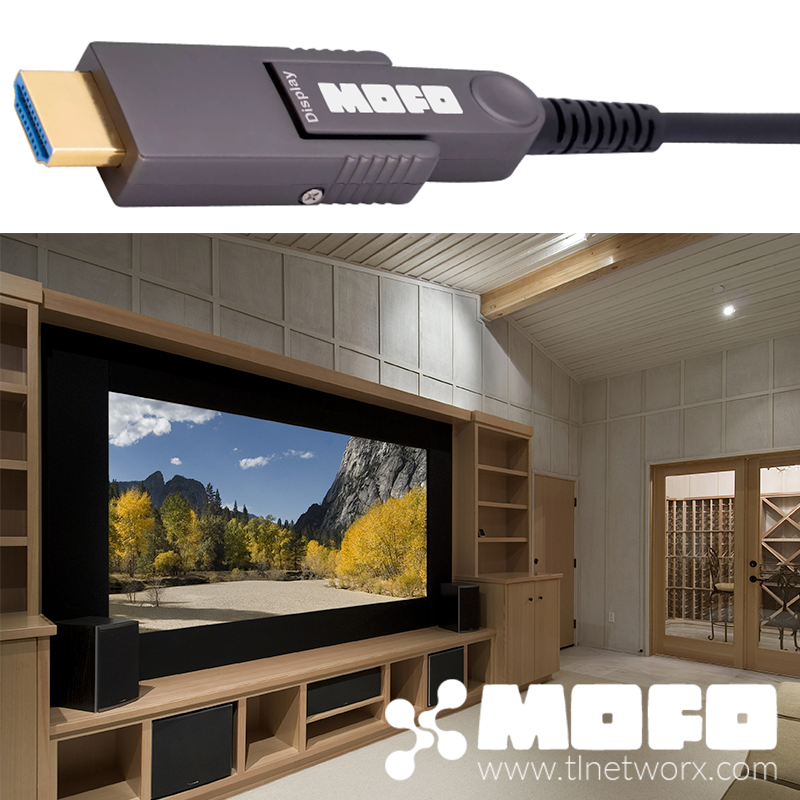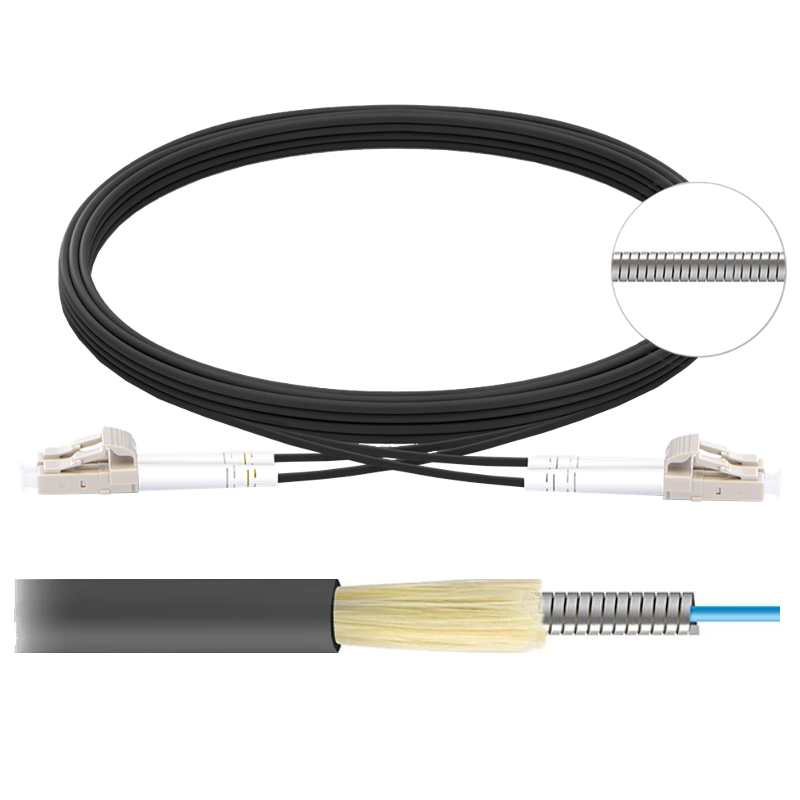Understanding Fiber Enclosures

Fiber optic enclosures are wall-boxes, rack trays or wallplates that transition between different cable formats, protect delicate fiber strands, and manage excess cable. Often called Fiber Mounting Accessories, enclosures play an important role in project design and long-term system stability.
Why Use Enclosures
Fiber optic enclosures serve several important roles in installations.
Enclosures transition between different cable formats. Several different cable formats are used in installations. Distribution cables, or cables featuring multiple strands of fiber inside a single jacket, are typically used for infrastructure wiring because they accommodate high strand density in a small profile, they pull easily, and they tend to be less expensive.
Zip-cord (or duplex) cables, on the other hand, feature two strands of fiber that are individually jacketed and zipped together with a central membrane. Zip-cord cables are typically used for patch cables and short distance applications because the they tend to be bulky and snag easily during long cable pulls. More materials also go into zip cable construction, making them more expensive than their distribution counterparts.

Enclosures are critical because they provide a transition location between the fiber strands in distribution cables and the fiber strands in zip-cord cables, effectively allowing a distribution cable inside walls or conduit and zip-cord cables in exposed areas such as racks and patches between electronics.
Converting cable formats is particularly important if a multi-strand cable, such as a six or twelve strand, is installed.

Enclosures protect exposed fiber strands. Another critical function of enclosures is protecting the small, often delicate optical strands inside a cable. The outer cable jacket provides durability during installation and handling, but it must be removed to access and terminate the inner optical strands. These internal strands are significantly smaller than the outer cable: for context most distribution cables are around 4.4mm in diameter, whereas the internal breakouts are 0.9mm in diameter. The enclosure stabilizes the smaller strands and ensures they don't break from handling or strain.

Enclosures accommodate extra fiber and service loops. Enclosures also provide a secure, protected location for excess cable and service loops. Most enclosures, whether rack trays or wall-boxes, feature an internal coiler that allows you to wrap multiple feet of cable for later use. This extra cable is often used for servicing cable runs, including repairing breaks, moving enclosures locations and cable paths, and/or re-terminating connectors.

Rack Trays

Fiber optic rack trays mount in standard data and audio-visual racks. They come in a variety of rack-unit sizes and feature customizable coupler points.
Two main varieties of rack trays are available: units using panel inserts and units using standard couplers. Panel inserts tend to be more common due to their efficiency during installation (each panel insert essentially features numerous pre-mounted couplers).
Wall-Boxes

Wall-boxes are available in two main constructions: indoor boxes constructed of metal and indoor/outdoor boxes constructed of plastic. Similar to rack trays, wall-boxes will also support individual couplers or panel inserts depending on the style.
Metal indoor wall-boxes are very durable; however, most metal constructions are not rated for water exposure and should not be used outdoors. Plastic indoor/outdoor wall-boxes, on the other hand, are typically UV resistant and feature a weather-resistant plastic grommet for water exposure. Plastic boxes tend to be more common due to their flexibility for multiple different environments and overall lower cost.
Wallplates

Wallplates are an audio-visual integrators' best friend -- especially for integrators who are conscious of fully trimmed out installations. Wallplate are typically formatted to fit in a standard keystone faceplate.




Comments